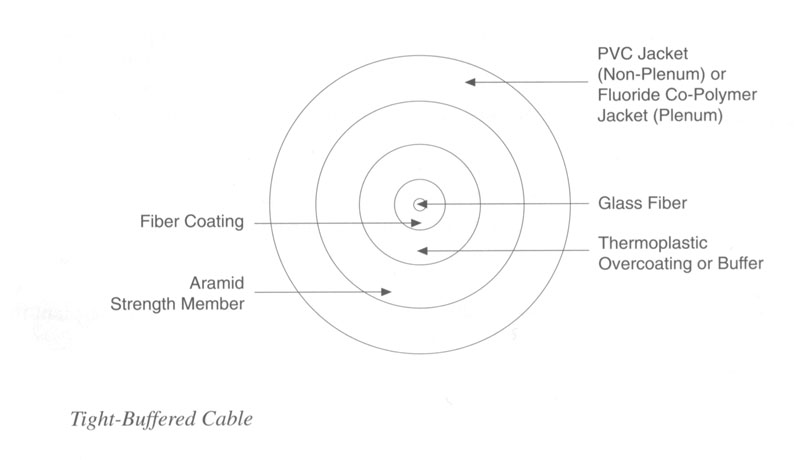APRIL 24, 2007 -- foreThought.net, a telecommunications service provider for home and business throughout the Denver metro area, has announced the completion of a wholly owned fiber-optic network.
The network currently links several buildings in downtown Denver, but expansion plans are already in place to complete a redundant fiber ring serving twice the current number of buildings. Not only does the fiber network provide a dramatic increase in capacity, it also will provide access to numerous other telecommunications carrier networks via Gigabit Ethernet technology, according to the carrier."As we continue to achieve record sales of our PerfectFone voice and EtherLoop Business Broadband services, we need faster, more reliable connections to the Internet and to other carriers. Our rapid growth in all business segments was the impetus for our decision to build the network," said Jawaid Bazyar, president of foreThought.net. Bazyar continued by commenting, "This network not only addresses our needs today, but will enable us to easily deliver other advanced services in the future -- including video-phone, television, and video-on-demand services."
"By laying and lighting fiber cable we own, we guarantee the type of reliability foreThought.net customers have come to expect," added Jeff Burnett, director of operations. "Another benefit of owning our own fiber is financial. This fiber asset positions us not only to meet any customer bandwidth requirements, but do so without increasing costs."
Bazyar closed by stating, "We are proud to provide both current and prospective customers the most advanced, cost-effective telecommunications services available in Denver and the Front Range."

